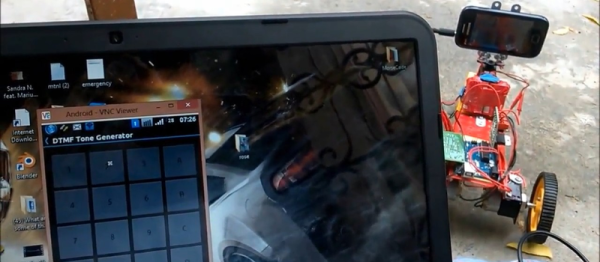Rudis – A small wooden sword given to a Gladiator as proof of his achieved freedom. It signifies his ascent from being a slave to becoming a free man.
One thing is certain – anything that runs on electricity can be connected to the internet. The only obstacle is cost. And as costs come down, the reality of The Internet of Things will be upon us. Everything from cars to curling irons will be connected to the Internet. With this newly connected world will come a new breed of hacker. The Black Hats will move out from behind their keyboards and spill into the streets, only to be met by the White Hats as they battle for control over our endlessly connected world.
And such was the case on the morning of October 16, 2029. The air was cool and breezy when Randall C. Tubbs, a senior police officer at the Bronx 49th precinct, received a call over his radio to check out a tripped alarm at a nearby cell tower. Barely a minute had passed by when he pulled in to the Tower Road cul-de-sac on the day our story begins. The cell tower dominated the horizon, and was silhouetted against a cloudless blue sky. The trees of the forest surrounding the area were just starting to show their colors, with the yellow oak leaves being most vibrant. A narrow gravel driveway led to a small, brown, nondescript building at the base of the tower. At first glance, Officer Tubbs could see no sign of anything unusual. There was no service truck in sight, and the gate to the ten-foot-tall chain link fence surrounding the tower was latched shut and securely locked.
It wasn’t until he unlocked the gate that he first noticed something odd. A security camera on the right corner of the building was pointing toward the forest. He glanced around and quickly spotted two other cameras, each of them pointing away from the tower building. Clearly, they should have been pointing toward the tower and the door to the building… a door that Officer Tubbs now realized was slightly open. He could barely make out shadows moving around from the small sliver of light that was peeking ominously through the opening, suggesting someone was inside. Suddenly, the sound of his footsteps on the gravel seemed to become amplified, and his breathing so loud that for a split second he held his breath. He reached down and turned the volume of his radio to silent, and slowly began making his way to the open door.














